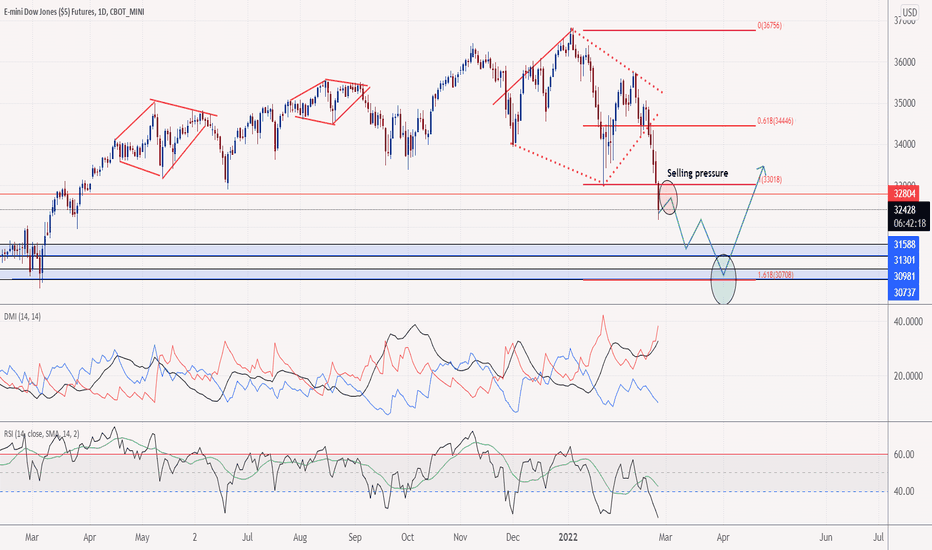
October 270 Comments
What are “Dow futures”?
Dow futures are rising, it generally means investors expect the stock market to open strong (or go up). If they’re falling, the opposite.

What are “Dow futures”?
"Futures" simply means a contract (an agreement) to buy or sell something at a set price in the future. In the case of Dow futures:
- They are market bets on where the Dow Jones index will open or move.
- They trade outside regular stock-market hours (before the U.S. stock market opens, and in after-hours).
- If Dow futures are rising, it generally means investors expect the stock market to open strong (or go up). If they’re falling, the opposite.
So if you hear “Dow futures up 0.6%” it means the market is expecting the Dow to go up about that amount when trading opens.
2. What’s the recent picture?
A few clear signals from recent U.S. news:
- U.S. stock-market futures, including Dow futures, climbed because of growing optimism around a possible trade deal between the U.S. and China.
- On the flip side, at times they fell when worries rose — for example, when trade tensions flared again (U.S.–China) and some big companies reported weaker results.
- Also: the major indexes (Dow, S&P 500, Nasdaq) just reached new record highs, helped by data showing inflation was slightly lower than expected.
3. Why are futures moving? What are the main drivers?
Here are the key factors right now:
- Trade talks: The possibility of a deal between the U.S. and China gives investors hope. If the deal happens, lots of uncertainty can reduce, which is good for stocks. For example: recent talks in Malaysia yielded a “framework understanding”.
- Interest-rates & inflation: The Federal Reserve (the U.S. central bank) uses interest rates to control inflation and stimulate the economy. When inflation cools, there’s more chance of a rate cut. That’s bullish (positive) for stocks.
- Corporate earnings: Big tech companies and “blue-chip” companies matter a lot for the Dow and futures. Their earnings results affect investor sentiment.
- Risk & uncertainty: If there’s bad news — trade setback, inflation surprise, geopolitical risk — futures can drop because investors become cautious.
4. What it means for someone simply watching (not trading)
- If you see “Dow futures up”, it’s a signal that the market is expecting a positive open (stocks likely to go up at open).
- If you see “Dow futures down”, expect caution / a weaker open.
- These are expectations, not guarantees. Many things can change once regular trading hours start.
- For everyday investors (or people just watching markets), it’s good to know: positive futures = good sentiment; negative futures = worry.
5. What to watch in the coming days
- The U.S.–China trade developments: Any announcement of a deal could boost futures significantly.
- Fed’s decisions and what the central bank says (since that affects interest rates).
- Key earnings from major companies (especially tech or Dow companies).
- Economic data like inflation, jobs, consumer spending — these can shift expectations quickly.
- Any new geopolitical or trade tension (can cause futures to drop).
6. Summary
In short: Dow futures are a window into how the market is feeling before regular trading begins. Right now, the mood is mostly positive because of trade-deal hopes and softer inflation data. But the mood can flip if something unexpected happens.
So if you’re keeping an eye on the market (even from Pakistan or anywhere), checking Dow futures gives you a quick sense of where things might be heading when U.S. markets open.
- Stock Market Forecast 2025
- US Stock Market News
- Dow Jones Industrial Average Update
- Wall Street Futures Live
- Dow Jones Stock Futures Today

Comments